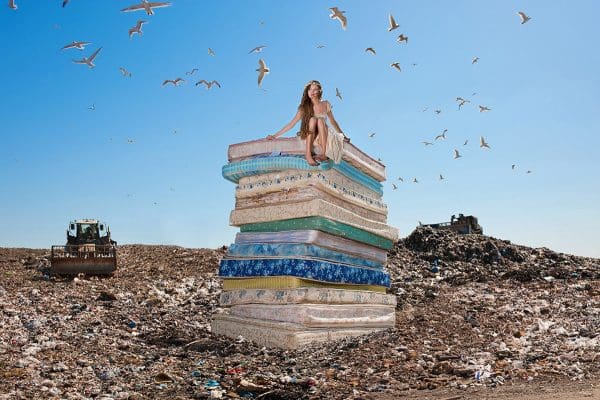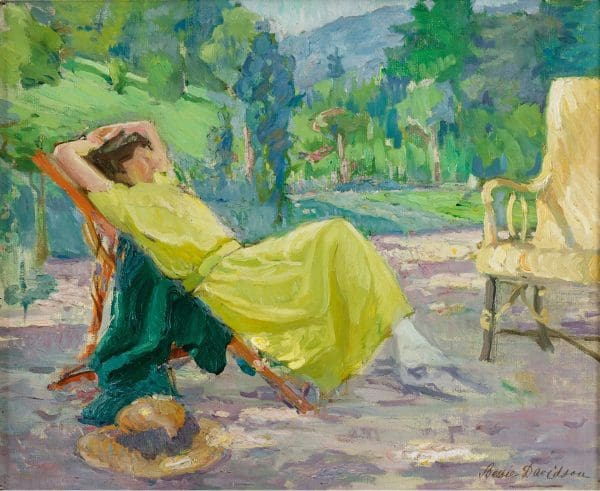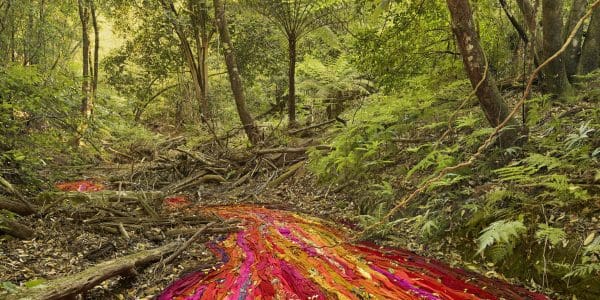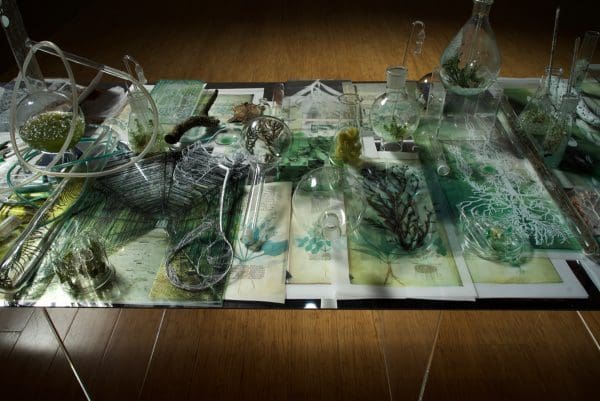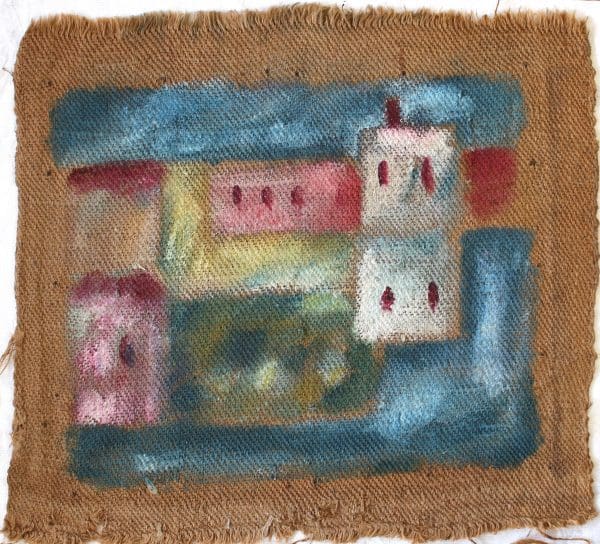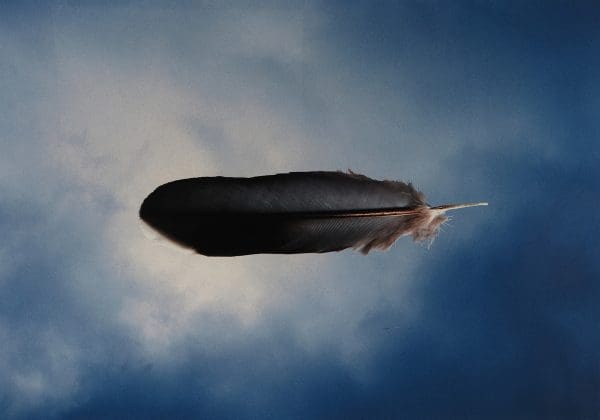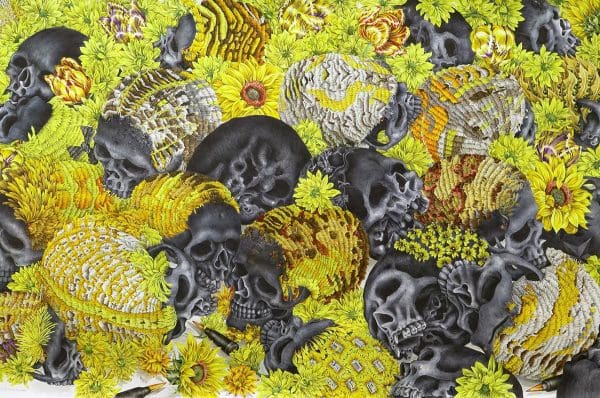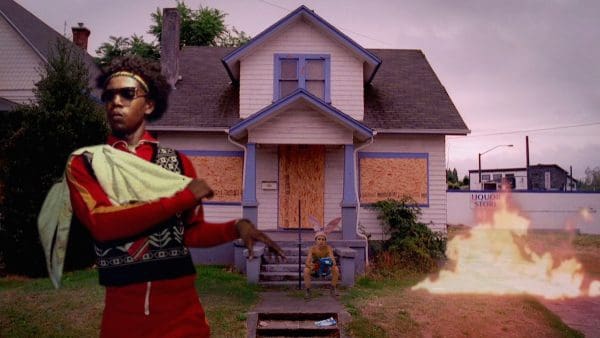
Mimicry and Subversion in Cover Versions
What happens when the fragile relationship between the original and the copy is paired with our digital age? This is one of the central questions informing Shepparton Art Museum’s current exhibition.
What happens when the fragile relationship between the original and the copy is paired with our digital age? This is one of the central questions informing Shepparton Art Museum’s current exhibition.
Showing at Bendigo Art Gallery, Louiseann King’s landscape installation is a nuanced and carefully crafted gathering of objects that incorporate the found and the made.
Snow White, Cinderella, Sleeping Beauty, Bluebeard, Red Riding Hood, the Goose Girl, the Juniper Tree. Versions of these stories exist across cultures, their elements shifting subtly through a thousand retellings.
The women artists who visited Paris during this time were taking advantage of the progressive political and cultural changes being gained in the Western world.
Rosemary Laing creates elegant, conceptual photographs that explore cultural and historical notions of place.
Light Moves has suitably been itinerant since it set off for Darwin from the National Gallery of Australia at the end of 2015. The NGA travelling show is only now reaching its final venue, Wangaratta Art Gallery, recently added thanks to extra funds.
For decades, Janet Laurence has probed human relationships with ecology by merging science-based observation and investigation with a visual poetry of alchemy, transparency, beauty and loss.
The idea of a series of Sidney Nolan paintings hanging in a newsagent’s shop window seems rather quaint.
Showcasing the work of its founding members, the exhibition is packed with works from the 1980s up to the present day. The Boomalli Ten feels like a celebration not just of those 10 artists but more broadly of the Indigenous Australian art now flourishing in the post-colonial present.
Amalia Pica was born in Argentina and is currently working in London. Her exhibition at the IMA is to be presented in two parts, but her first solo in Australia is not the beginning of her relationship with Brisbane.
Elisabeth Cummings: Interior Landscapes, curated by Sioux Garside, will survey over 40 years of the artist’s practice, combining work over several generations, from both private and public collections.
Romancing the skull at the Art Gallery of Ballarat explores the ongoing visual appeal of the human skull, showing works from the Middle Ages to now.

